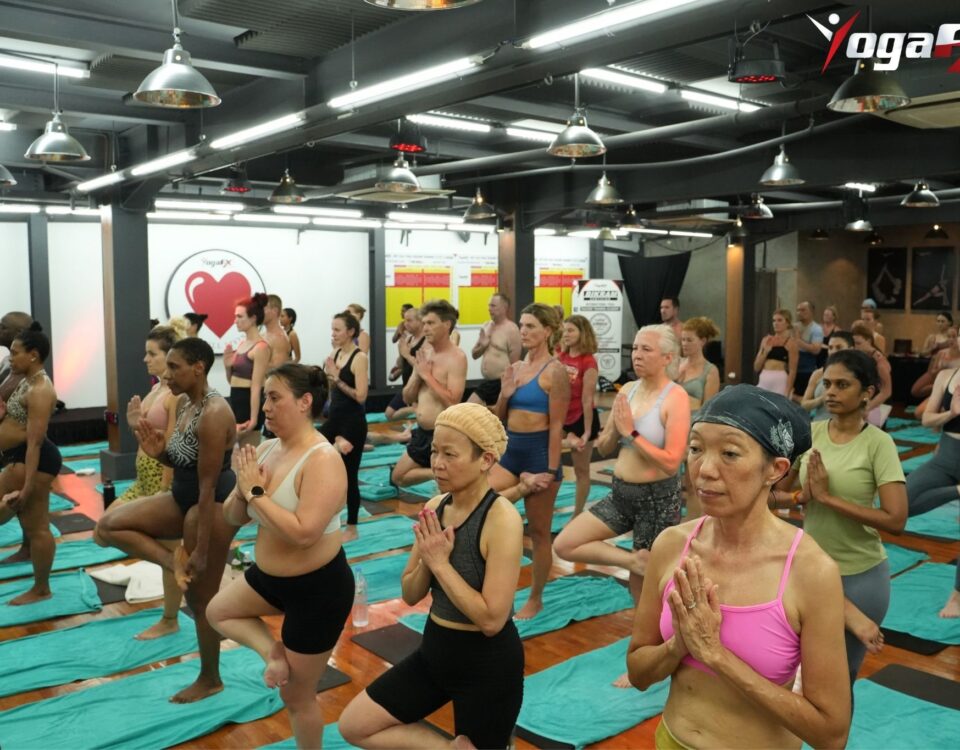
Seasonal Affective Disorder (SAD) affects millions of people globally, presenting significant challenges as the seasons change. Understanding how to do seasonal affective disorder treatment is crucial for maintaining mental health and well-being. SAD is a type of depression that typically occurs during the fall and winter months when daylight hours are shorter. According to the American Psychiatric Association, SAD affects about 5% of adults in the United States, lasting about 40% of the year with symptoms severe enough to interfere with daily functioning.
If you’re wondering how to help with seasonal affective disorder, several strategies can make a significant difference. Research indicates that cognitive-behavioral therapy (CBT) is highly effective in treating SAD. A study published in the American Journal of Psychiatry found that CBT can be as effective as light therapy and has longer-lasting effects.
Learning how to cope with seasonal affective disorder involves recognizing the symptoms early and seeking appropriate help. Whether you’re looking for how can you treat seasonal affective disorder through medical intervention or lifestyle changes, it’s essential to act promptly. Symptoms of SAD include feeling depressed most of the day, losing interest in activities once enjoyed, experiencing changes in appetite or weight, and having low energy.
For many, finding help with seasonal affective disorder might mean seeking professional advice, but there are also self-help strategies that can be beneficial. When searching for seasonal affective disorder help, consider both traditional and holistic approaches. Exercise, maintaining a regular sleep schedule, and spending time outdoors can help mitigate symptoms.
Understanding how to overcome seasonal affective disorder requires a multi-faceted approach. This can include therapy, medication, and lifestyle adjustments. Selective serotonin reuptake inhibitors (SSRIs) are often prescribed to treat SAD. If you’re looking for ways on how to get rid of seasonal affective disorder, remember that patience and persistence are key. Combining medication with lifestyle changes and therapy can lead to the best outcomes.
Prevention and Avoidance of Seasonal Affective Disorder
Preventing SAD can be as important as treating it. Learning how to avoid seasonal affective disorder can help you stay ahead of the condition. This involves understanding the triggers and taking proactive steps to mitigate them. According to the National Institute of Mental Health, early prevention strategies can significantly reduce the risk of developing SAD.
One crucial aspect is knowing how to prevent seasonal affective disorder through lifestyle choices and environmental adjustments. By incorporating light exposure and physical activity into your daily routine, you can significantly reduce the risk. Regular exercise, especially outdoors, can increase endorphins and reduce symptoms of depression. Engaging in activities that promote relaxation and stress reduction, such as yoga or meditation, can also be beneficial.
Treatment Methods for Seasonal Affective Disorder
One effective treatment for SAD involves using happy lights for seasonal affective disorder. These lights mimic natural sunlight and can help alleviate symptoms. Understanding how to use a light box for seasonal affective disorder correctly is vital for maximizing its benefits. The Mayo Clinic recommends sitting in front of a light box for 20-30 minutes daily, preferably in the morning, to help regulate your body’s internal clock.
Another popular method is light therapy. Knowing how to use light therapy for seasonal affective disorder can make a significant difference in managing the condition. Light therapy sessions are typically recommended in the morning to simulate the natural sunrise. Research published in the Archives of General Psychiatry shows that light therapy can be as effective as antidepressants for treating SAD.
Nutritional Support for Seasonal Affective Disorder
Dietary supplements can also play a role in managing SAD. Knowing how much vitamin D for seasonal affective disorder is appropriate can help in regulating mood and energy levels. Many people with SAD have found relief through vitamin D supplementation. A study in the Journal of Nutrition found that vitamin D deficiency is linked to depressive symptoms, and supplementation can help improve mood.
In addition to vitamins, herbs for seasonal affective disorder can offer natural support. Herbal remedies like St. John’s Wort and others have been traditionally used to combat depressive symptoms. It’s important to consult with a healthcare provider before starting any new supplement to ensure it’s safe and appropriate for your situation.
Statistics and Information about Seasonal Affective Disorder
Understanding the prevalence of SAD can provide context and comfort to those affected. Questions like how many people have seasonal affective disorder and how many people suffer from seasonal affective disorder highlight the widespread nature of this condition. The prevalence of SAD varies by location, with higher rates in regions farther from the equator due to shorter daylight hours in winter.
It’s also insightful to know how common is seasonal affective disorder, as it helps in recognizing that you are not alone. Awareness and education are crucial in managing and preventing SAD. According to the World Health Organization, approximately 10% of people in Northern Europe experience some form of SAD, compared to about 1.5% in sunnier climates.
Frequently Asked Questions
What are the early signs of Seasonal Affective Disorder?
Early signs include feeling lethargic, changes in sleep patterns, weight gain, and difficulty concentrating. Recognizing these signs early can lead to more effective management of the condition.
Can SAD affect people in the summer?
Yes, although it’s less common, some people experience SAD during the summer months, often due to high temperatures and humidity.
Is light therapy safe for everyone?
While generally safe, light therapy can cause side effects such as eye strain, headache, and insomnia. It’s important to follow usage guidelines and consult with a healthcare provider.
How long does it take to see improvement with light therapy?
Most people begin to notice improvements within a few days to two weeks of consistent use.
Can lifestyle changes alone manage SAD?
For some, lifestyle changes such as regular exercise, healthy diet, and increased outdoor activity can effectively manage SAD. However, others may require additional treatments such as therapy or medication.
By addressing these various aspects, you can develop a comprehensive approach to managing and preventing Seasonal Affective Disorder. Whether through general help, prevention strategies, treatment methods, nutritional support, or understanding the statistics, you are taking steps toward a healthier and more balanced life.


